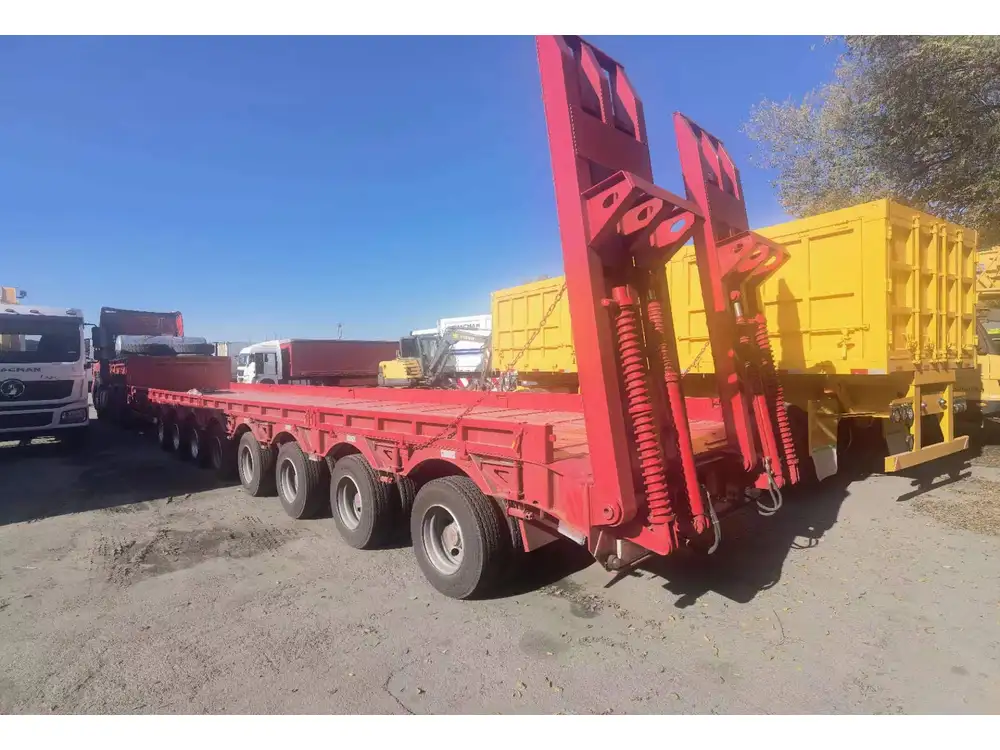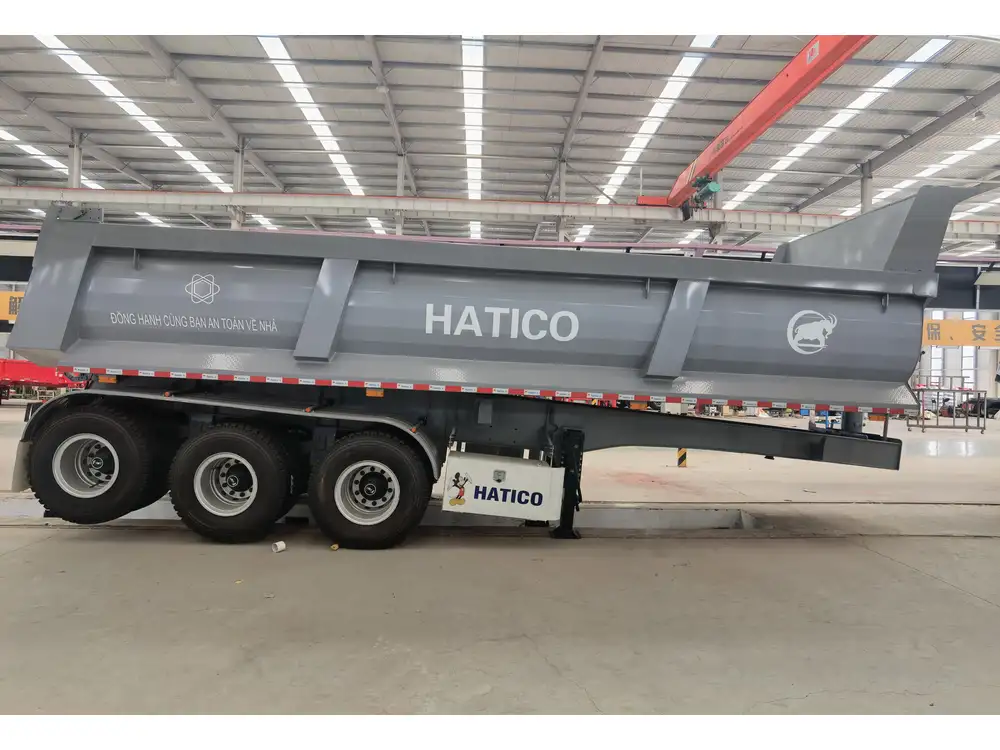Traveling and camping in a travel trailer can be an exhilarating experience, providing the freedom to explore new locations while enjoying the comforts of home. However, when it comes to hooking up your travel trailer to a septic tank, the process can appear daunting. Understanding how to do this correctly is vital for maintaining a sanitary environment, preventing contamination, and ensuring that your septic system operates efficiently. This guide provides an in-depth exploration of the steps involved in connecting your travel trailer to a septic tank, along with considerations for both safety and efficiency.
Understanding the Basics of Septic Systems
Before delving into the specifics, it’s essential to establish a foundation of knowledge about septic systems.
What is a Septic System?
A septic system is a decentralized wastewater treatment solution typically used in areas without centralized sewer systems. It generally consists of two main components: the septic tank and the drain field.
- Septic Tank: A buried, watertight container made from materials like concrete, fiberglass, or plastic where wastewater collects and begins the treatment process.
- Drain Field: An area where treated wastewater is dispersed into the soil, allowing natural filtration and bacteria to further break down harmful pathogens.

How Does a Septic System Work?
- Wastewater Flows Into the Tank: All wastewater from your home or travel trailer, including sewage, shower drains, and kitchen sinks, enters the septic tank.
- Separation: Solid waste settles at the bottom, creating sludge, while grease and lighter waste float to the top forming scum.
- Partial Treatment: Anaerobic bacteria in the tank begin to break down solids over time. The partially treated effluent overflows into the drain field.
- Final Treatment: As the effluent percolates through the soil, natural processes further treat the water, filtering out harmful contaminants before it enters groundwater.
Understanding these basics will help you appreciate the importance of proper disposal methods while you travel.
Preparation: Assessing Your Travel Trailer and Septic Compatibility
Before attempting to hook a travel trailer to a septic tank, take specific measures to ensure that both the vehicle and the tank are compatible.
Assess Your Travel Trailer’s Waste Management System
- Black Tank Capacity: Confirm the size of your travel trailer’s black waste tank. Common sizes range from 20 to 40 gallons.
- Discharge Valve Function: Check that the discharge valve is functioning correctly to prevent leaks and ensure smooth operation.
- Hose Compatibility: Undertake an inspection to confirm the compatibility of the waste discharge hose with your travel trailer’s outlet.

Examine Your Septic Tank and System
- Tank Size and Condition: Ensure your septic tank is equipped to handle additional wastewater. A typical installation involves a 1,000-gallon tank, accommodating moderate wastes.
- Drain Field Condition: Verify that the drain field is not saturated, as adding more wastewater can overwhelm the system and lead to unpleasant consequences.
- Proximity: Make sure your travel trailer can park close enough to the septic system without any hindrances.
Tools and Materials Needed
Equipping yourself with the necessary tools and materials can simplify the process of hooking up your travel trailer to a septic tank.
| Tool/Material | Purpose |
|---|---|
| Waste discharge hose | For transferring waste from the trailer to the tank |
| Hose clamp | Secures the waste hose connection |
| Septic-safe dosing chemicals | To enhance the breakdown of bacteria in the tank |
| Gloves | Protects hands during the hooking process |
| Bucket | To collect any spills |
| Portable wastewater tank (optional) | Provides storage for waste until reaching the septic |
Step-by-Step Guide to Hooking Up Your Travel Trailer to a Septic Tank
Following a structured approach can ensure efficient and sanitary connections.

Step 1: Prepare the Site
- Location: Ensure that the travel trailer is parked on level ground and as close to the septic system as practicable.
- Safety Measures: Wear gloves and other protective gear. Consider placing a bucket underneath the connection points to catch any leaks or spills.
Step 2: Attach the Waste Discharge Hose
- Locate the Black Water Outlet: This is typically found at the rear or side of the travel trailer.
- Connect the Hose: Firmly attach one end of the waste discharge hose to the outlet. Use a hose clamp to secure it in place, preventing leaks.
- Position the Other End: Extend the hose towards the septic tank’s inlet. Ensure it is directed downward to allow gravity to facilitate wastewater flow.
Step 3: Connect to the Septic System
- Check for Access Port: Identify if your septic tank has an access port for waste disposal. If not, you might need to use existing inlet pipes.
- Use a Waste Adapter: If necessary, employ a septic tank adapter to connect the waste hose to the access point securely.
- Secure the Connection: Apply hose clamps or other securing mechanisms to ensure no leaks during the transfer.

Step 4: Dispose of Waste
- Open the Valve: Slowly open the black water valve on your travel trailer.
- Monitor Flow: Keep an eye on the flow to ensure that the waste is transferring smoothly. Avoid overfilling the septic tank.
- Close the Valve: Once the tank is empty (you’ll notice a change in flow noise), close the black water valve.
Step 5: Disconnect the Hose
- Remove the Hose: After ensuring that the trailer’s tank is empty, carefully remove the waste discharge hose from the septic tank.
- Securely Store the Hose: Rinse the hose with water and store it in a designated area away from food or living spaces to avoid contamination.
Essential Tips for Maintaining Septic Health
Proper maintenance of a septic system while camping or traveling in your travel trailer is crucial to avoid disturbances and prolong the life of the septic system.

Regular Pumping
- Frequency: Schedule septic tank pumping every 3-5 years, depending on usage. Frequent travelers may need more regular checks.
Water Conservation
- Limit Heavy Use: During your stay, try to minimize water usage, as excess water can overload the system. Shorter showers and limiting laundry can help.
Use of Septic-safe Products
- Biodegradable Cleaning Supplies: Select cleaning agents that are safe for septic use to minimize harmful impacts on beneficial bacteria.

Avoiding Chemical Drain Cleaners
- Natural Solutions: Instead of chemical drain cleaners, consider natural options like vinegar or baking soda, which are less harmful to septic ecosystems.
Frequently Asked Questions
Can I hook up my travel trailer to any septic system?
Not all septic systems are designed to accommodate additional inflow. Always consult local regulations and your septic service provider.What happens if I overload a septic tank?
Overloading a septic tank can cause backups, leaks, and potentially expensive repairs, including pump replacement or drain field failure.Is it advisable to dump my black tank while on the property?
Always confirm that the septic system is capable of handling your waste. Regularly monitor the system’s performance to avoid problems.Are there alternatives to using a septic tank?
Some parks or campsites offer on-site sewage disposal services or designated dump stations for traveling RVs and trailers.How can I tell if my septic system is functioning properly?
Signs of a malfunctioning system can include unpleasant odors, slow drains, or wet areas around the drain field. Regular inspection helps catch issues early.
Conclusion
Navigating the intricacies of connecting your travel trailer to a septic tank requires knowledge, preparation, and careful execution. By maintaining an understanding of septic system operations, ensuring proper techniques, and adhering to responsible practices, you can ensure a smooth experience that allows you to enjoy the great outdoors without negative implications to the environment. Always prioritize safety, compatibility, and regular maintenance to protect yourself and the ecosystem.

Additional Resources
For more details on septic systems, please refer to local guidelines or consult with a septic service professional.



